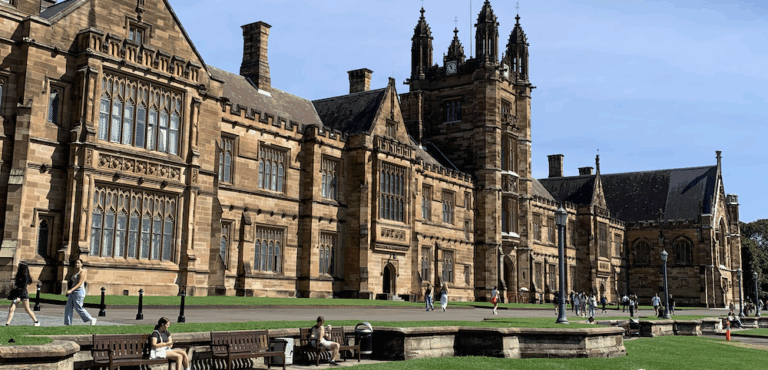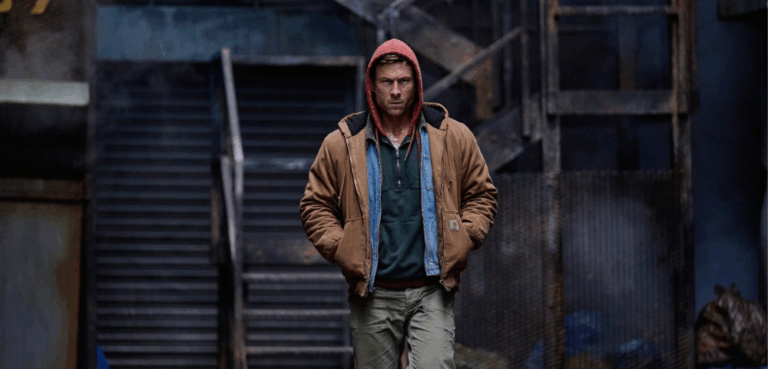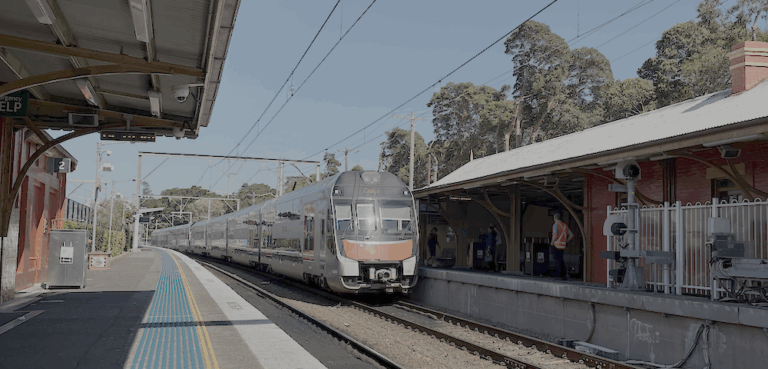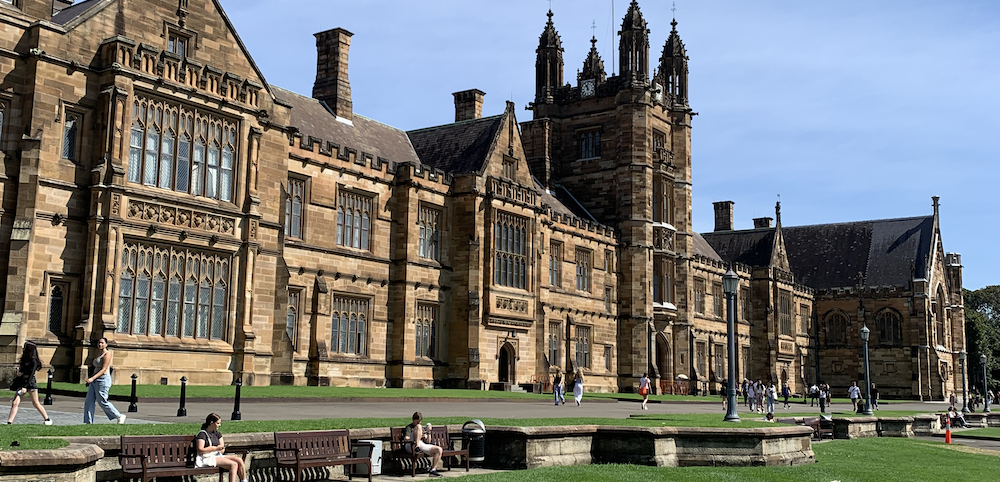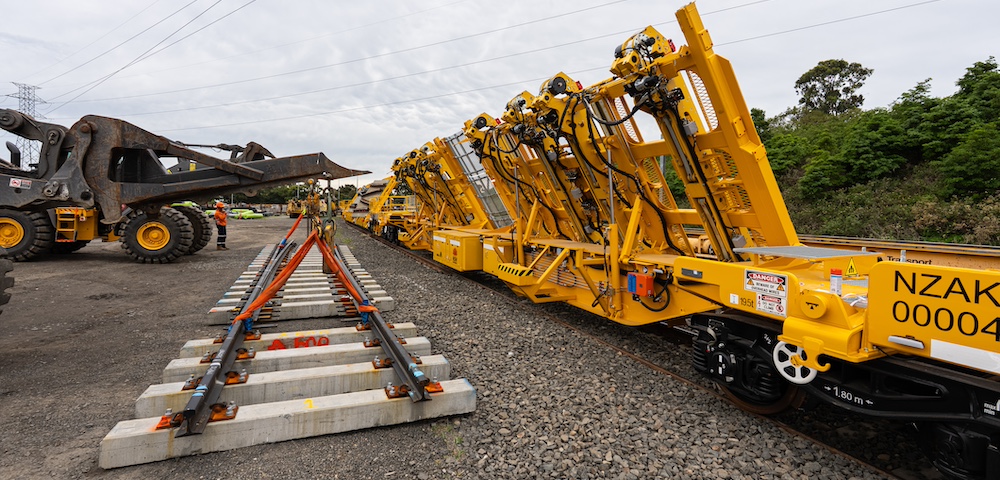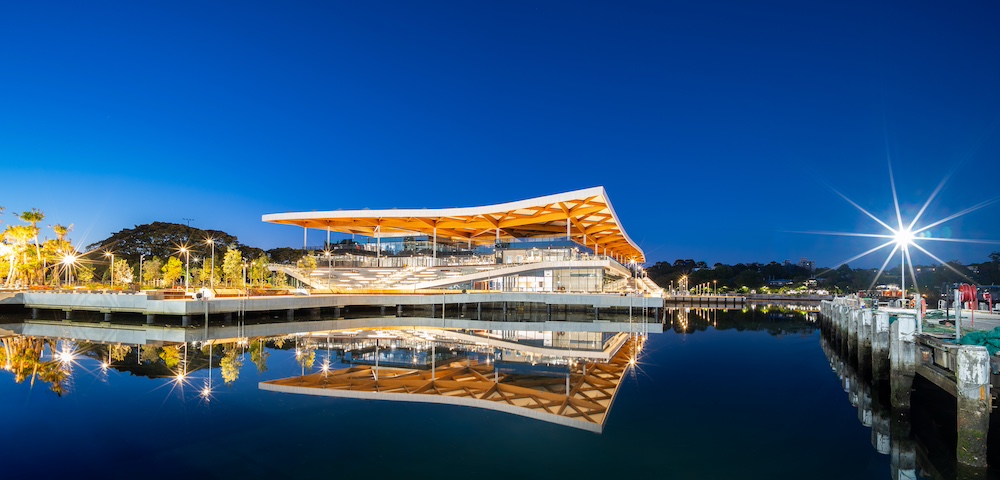
Fairer Future? Questions Over If Inner West Housing Plan Will Reduce Prices
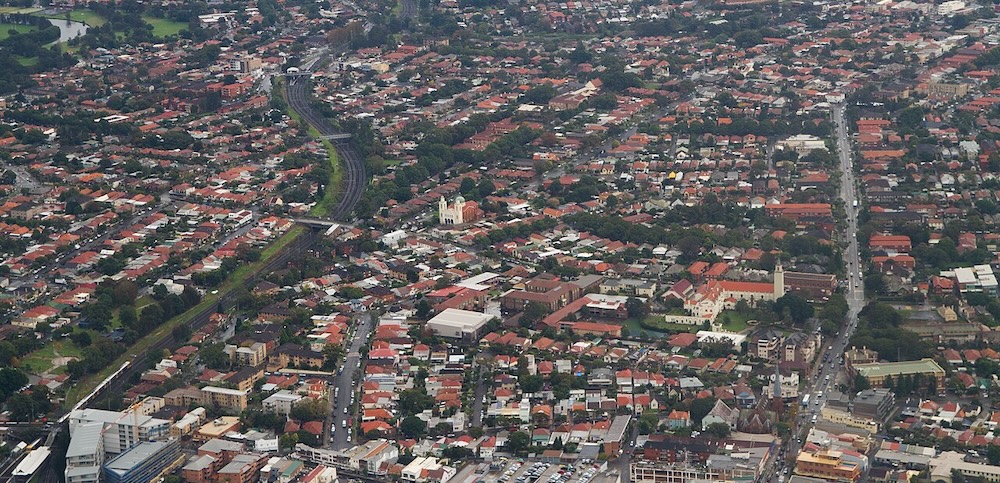
Questions linger over whether the Inner West Council’s new Fairer Future housing plan will make homes cheaper, despite a series of changes.
The plan was passed 8–7 on Tuesday (30 September) by the support of the Labor majority, whilst Greens, Liberal and independent councillors voted against it.
Between 20,000 and 30,000 dwellings are to be constructed in the council area over the next 15 years. Compared to state government plans it replaces, 5,000 fewer homes will be built around railway stations in Marrickville, Dulwich Hill and Ashfield, though these areas remain slated for high-density development. More homes will be built in Leichhardt and around Parramatta Road.
Development will also occur around light rail stations and shopping centres.
Fairer Future Plan: changes adopted
A number of amendments were passed. One provides for up to 350 socialised dwellings upon Council-owned car parks, whilst another allows religious organisations to redevelop their lands for housing, provided that 30 per cent of it is affordable.
The adopted plan requires three percent of new homes in up-zoned areas to be classified as affordable, rising to 20 per cent for private developers seeking additional floor space. However, critics argue that these stipulations – which are borrowed from the City of Sydney – are sorely insufficient.
Other amendments were rejected. Several were proposed by various Greens councillors and independent Victor Macri.
Following its passage, Mayor Byrne said that the plan “will provide desperately needed new homes without destroying the heritage and character of our neighbourhoods.”
He said that by concentrating new homes around high streets and transportation, the Council was “able to protect heritage conservation zones” in a way that state-led rezoning would not have.
The Council also voted to establish a $500 million infrastructure fund to deliver transportation, open spaces and other community facilities over the following decade.
Members of pro-development advocacy group Sydney YIMBY cheered the plan on, though critics in the sharply-divided public gallery were not satisfied by the modifications.
Louise Appel was one of them. She believes that “the unaffordability of Inner West housing will remain, and very probably worsen, unless there is real change to the mix” that increases the share of public housing.
“Building more, and building bigger just builds wealth for the Council and developers,” she said.
Council “betrayed” residents, says Greens MP
Kobi Shetty represents Balmain in the Legislative Assembly. She told City Hub that the Council “betrayed our community” by adopting the Fairer Future Plan.
Shetty said the blueprint “will do nothing to tackle the housing crisis that is seeing young families and key workers like nurses and teachers pushed out of our community.”
“There’s no shortage of luxury million-dollar-plus properties in the Inner West, but there’s a real shortage of public and genuinely affordable housing. The Council could have supported a plan to help address this need; instead what we have is a gift for developers with no meaningful plans for affordable housing.”
“There should be firm commitments to deliver the infrastructure that will be needed to support the additional homes. Council owes that to current and future residents.”
Planning reform works, argue advocates
Justin Simon is the chair of Sydney YIMBY. He said that the plan “will make a meaningful difference in the fight against the housing crisis.”
“We have decades of evidence that planning reform works. This is the Inner West showing what can be done – now we need the areas of Sydney that are lagging to do their part as well.”
“A higher affordable housing contribution would have required substantially taller buildings. That’s a deal we’d absolutely love to make, but none of the opponents of this plan who claim to want affordable housing were willing to accept the tradeoff.”
This argument was echoed by the Mayor after the vote. “We examined carefully proposals for up to 30 per cent affordable housing contributions from private development, and the evidence and economic modelling showed this would have required skyscrapers throughout the Inner West in order to be feasible.”
Simon said that as “the plan enables more housing than the original state government policy, if Council wants to preserve some heritage areas, that’s a win-win from our perspective.”

